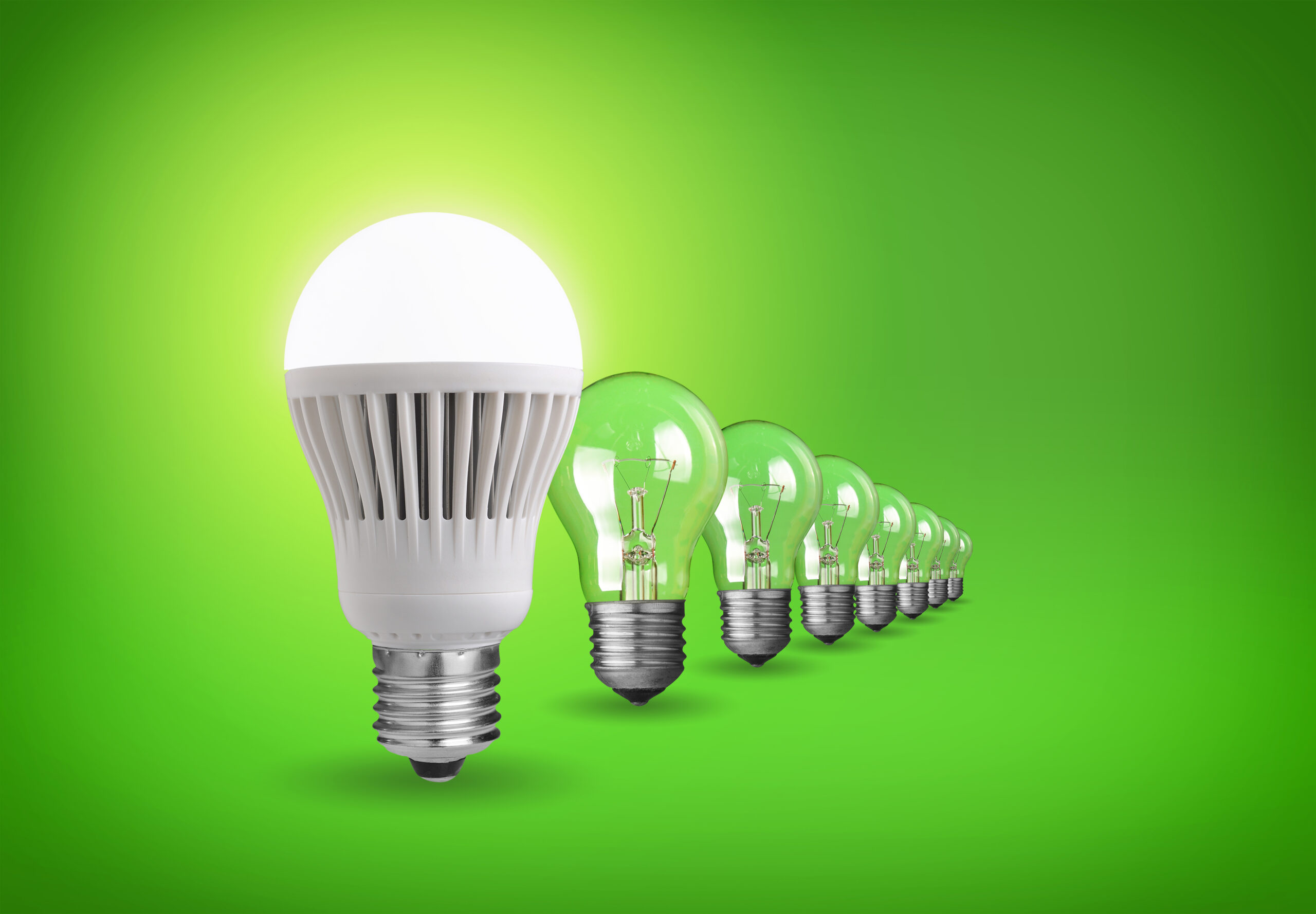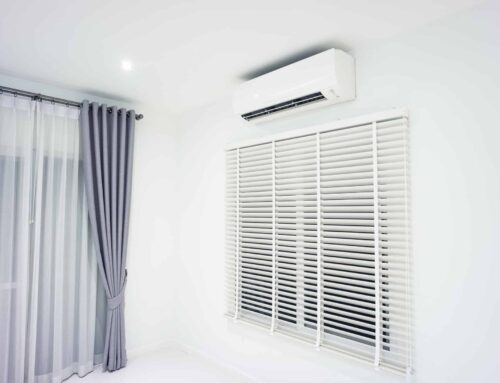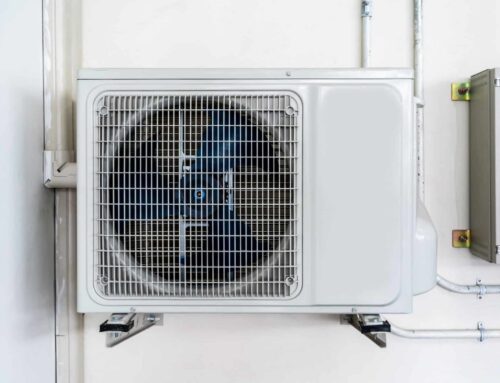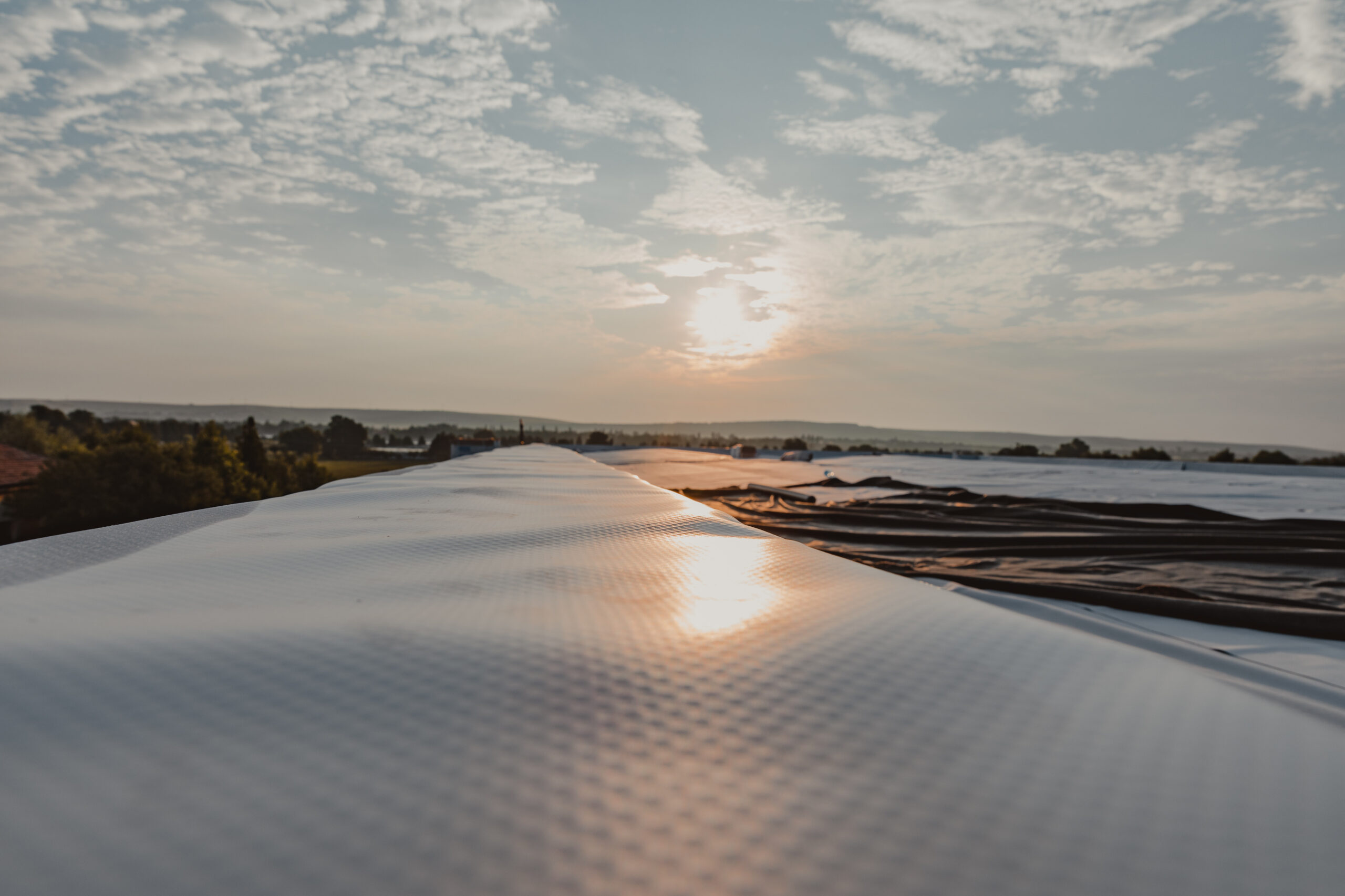If you’re like the average homeowner, you’re constantly looking out for ways to save some money. From turning off the lights in the rooms you aren’t in to unplugging appliances you aren’t actively using, the opportunities for money saving are abundant. However, even if you are doing all of these things, if you aren’t using energy-efficient lighting, you are still missing out on some savings.
One of the most frequent questions we hear is, “What’s the most energy-efficient light bulb I can use?” At Santor Electrical Contractors, we’re here to help you choose the best type of lighting for your Connecticut home, and we want you to be well-informed about the energy efficient options that are out there. If you’re wanting to save even more, here’s everything you need to know about energy efficient lighting.
Two Main Choices for Energy-Efficient Lighting: Light Emitting Diode and Compact Fluorescent Lights
The two main choices for energy-efficient lighting in your home are light emitting diode (LED) and compact fluorescent lights (CFL). Both are a great choice, and both have unique benefits and drawbacks. Making the decision between the two requires a proper understanding of these benefits and drawbacks.
These two lighting options are so much more efficient and beneficial to the environment that incandescent bulbs have been gradually phased out in the United States. By 2020, all general-purpose bulbs must be able to produce at least 45 lumens per watt, which is a similar efficiency as that of CFL bulbs. It is becoming increasingly difficult to purchase traditional general-purpose incandescent bulbs in light of this phase out, though specialty bulbs are still available.
What Is LED Lighting?
LED bulbs create light using a semiconductor to generate light energy. LED bulbs use about 1/30th of the energy used in incandescent bulbs and 1/3rd the energy in CFLs. They also last a long time—as much as 35 times the lifespan of an incandescent bulb—so you don’t have to worry about replacement regularly. With the energy savings and longer lifespan, estimates indicate you can lower your carbon footprint by as much as 85 percent simply by switching from incandescent technology to LED technology.
With an LED bulb, you can light your room with bright light and minimal energy use. Also, these bulbs generate very little heat energy, which means they are safe to touch. They are also quite durable and do not break easily, which means they are the preferred option for hard-to-reach places where a delicate glass bulb is in danger of shattering.
If that makes LED lights sound perfect, you need to know the one main drawback. LED lights are one of the most expensive options for lighting your home. While they lower your energy bills and have the longest lifespan of the available options, if your upfront budget is low, then this option may not work for you.
What Are CFLs?
CFL bulbs bend a traditional fluorescent tube into a light bulb-shaped configuration. These are more affordable than LED bulbs and significantly more efficient than incandescent bulbs, but they don’t quite last as long or save as much energy as LED bulbs.
With CFLs, you are able to lower your energy use by 60 percent as compared to incandescent bulbs that provide the same amount of light. They last about 10 times as long as incandescent bulbs, so you have less frequent need of replacement. While not as cheap as incandescent bulbs, CFLs are priced around $4 to $15 a piece. This is a more moderate price point than LEDs.
So why would you overlook the CLF in favor of LEDs? CFLs are more efficient than incandescent lighting, but they are not as efficient as LEDs. If you’re looking to have the most efficient option on the market, CLFs are not that option.
Which Energy-Efficient Lighting Is Right for You?
The answer to which lighting option you should choose depends largely on your goals. Is your goal to have the most efficient lighting available? Then you want LED bulbs. Are you adding a light bulb to a place that is hard to reach or not accessed regularly? The longevity and durability of LEDs makes them the best choice for this. Is your goal to go efficient while on a tight budget? Then CFLS will work best.
Regardless of the choice you make, both CLFs and LED lighting help you save money, lower your carbon footprint and do your part to make the world a better place with less environmentally damaging waste. If you’re curious about which lighting option will best meet your family’s needs or have further questions about the differences between LEDs and CFLS, Santor Electrical Contractors is here to help. Contact us today to have all of your questions answered!
Contact Santor Electrical Contractors today schedule an appointment in Connecticut with our residential electricians.
Our Residential Electrical Services in Connecticut
- Circuit breaker and panel replacement
- Recessed lighting installation
- Attic fan installation
- Exhaust fan installation
- Ceiling fan installation
- Outlet wiring
- New home wiring
- Dimmer and light fixture installation
- Infrared thermography inspections
- Security lighting
- Chandelier lighting
- Outdoor lighting
- Pool and hot tub wiring
- Appliance wiring
- Electrical repair
- And more!
When you need a residential electrician in CT, there’s only one name you need to know—Santor Electrical Contractors! Our residential electricians provide 24/7 emergency service as well as fast, same-day service.
Find out why we’re the area’s most trusted residential electricians. Call us today!
Why Call Our Residential Electricians in CT?
If you searched “residential electricians near me” you landed on the best ones. We are committed to providing superior residential electrical services throughout the region. The valuable advantages we can offer you our great service, high-quality products, and experienced workers at a competitive price.
Our services cover everything from new wiring to electrical maintenance and troubleshooting. No matter what your electrical needs are, we have the right solution, at the right price. Our residential electricians are fully licensed by state and local jurisdictions, assuring you that your electrical project will be installed to exact industry and code standards.
If you’re planning an electrical project for your home in the Hartford CT area and you’re looking for a quality job without the outrageous prices, contact us today. We offer free quotes on all new installs!






